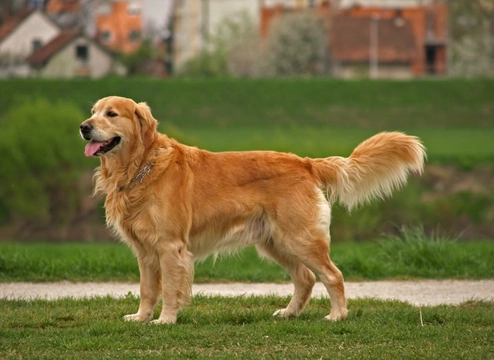
The basics of anaemia in dogs
Anaemia is not so much a health condition in and of itself but usually an indicator of something else amiss that is causing other, secondary symptoms to present. However, anaemia can still make your dog very sick even on its own, as well as worsening or affecting the healing of the underlying condition that led to it occurring.
If your vet tells you that your dog has anaemia, they should take the time to explain to you in detail what this means, why it has occurred, and what is going on that led to the problem developing in the first place. However, because anaemia can be a secondary effect of such a wide number of different problems and root causes, the anaemia itself might not be explained in full at the time of your consult, as your vet will need to cover the most important points that you as the dog’s owner needs to know.
If your dog is anaemic or if your vet thinks they might be and you are feeling confused or concerned, this article will outline the basics of anaemia in dogs, what it means, and the effect it can have. Read on to learn about the basics of anaemia in dogs.
What is anaemia?
Anaemia in dogs occurs when there aren’t enough red blood cells or haemoglobin circulating around your dog’s bloodstream, which compromises the level of oxygen in the blood itself.
Anaemia in dogs can occur if your dog’s body doesn’t produce enough red blood cells, if their red blood cells break down faster than they should, or if your dog loses a lot of blood, such as because of internal bleeding caused by an injury or trauma.
Problems like these are in their turn caused by different root causes, which might include a deficiency in either vitamin B12 or iron, or conditions that affect the bone marrow, where red blood cells are produced, like leukaemia.
How anaemia works
To get to grips with anaemia in dogs, you first have to understand how the body’s process of red blood cell production works, and what happens when things go wrong. The body’s ability to produce red blood cells depends on healthy, functional bone marrow, and the production of these red blood cells themselves is triggered by hormones that are secreted by the dog’s kidneys.
When the dog’s body doesn’t have sufficient red blood cells and the oxygen level of the blood falls, your dog’s kidneys produce more of this hormone in order to trigger the bone marrow to produce more red blood cells.
However, for the bone marrow to be able to follow this command, it needs to have all of the required nutrients to do so, which include vitamin B12, iron, copper, and other essential minerals. If one of these core building blocks for red blood cells is missing, the bone marrow can’t make enough red blood cells, which results in anaemia.
How can you tell if your dog is anaemic?
Anaemia can be mild enough that there are few to no symptoms to observe, and even when symptoms are present, they can be subtle and easy to miss. However, anaemia in dogs may be acute and present with a range of symptoms that are quite obvious – if you know what you are looking for.
Severe or acute anaemia in dogs can lead to a total shutdown of the body’s systems, as they don’t receive enough oxygen in the blood to function normally. This is what causes the most obvious symptoms of anaemia, but they can also be quite generalised and shared with a number of other conditions too.
Some of the main symptoms of anaemia in dogs include:
- Lethargy and lack of interest in play and exercise.
- Slow or reluctant responses to commands.
- Pale mucous membranes, which may even cause dogs with pink noses to get paler on their nose and other light-coloured areas of skin.
Because anaemia rarely develops on its own for no reason and without an underlying root cause, the symptoms you see that leads to a diagnosis might relate directly to the underlying issue, rather than the anaemia itself.
Can anaemia in dogs be treated?
Left unchecked, a mild case of anaemia might well reverse itself once the underlying condition that caused it is treated or managed effectively. However, if the anaemia is acute and severe, it can compromise your dog’s recovery from the initial condition itself, and can also develop into a more serious form too.
Non-regenerative anaemia is one such serious issue, because this means that the dog’s body isn’t able to replenish its own red blood cell supply, which is vital to support life. Unless this can be reversed so that the dog is able to produce their own red blood cells once again, the anaemia will worsen and may prove fatal.
However, milder presentations of anaemia when accompanying another health condition will usually correct themselves once your dog is on the mend, and there are a number of things that your vet might do in the meantime to help, either by supplementing your dog’s platelets or blood count with a transfusion, or by providing supportive care and trying to rebalance their hormone levels and vitamins and minerals.
If you have any concerns about anaemia in your dog and aren’t sure how to proceed or what might happen next, contact your vet for further advice and information.



